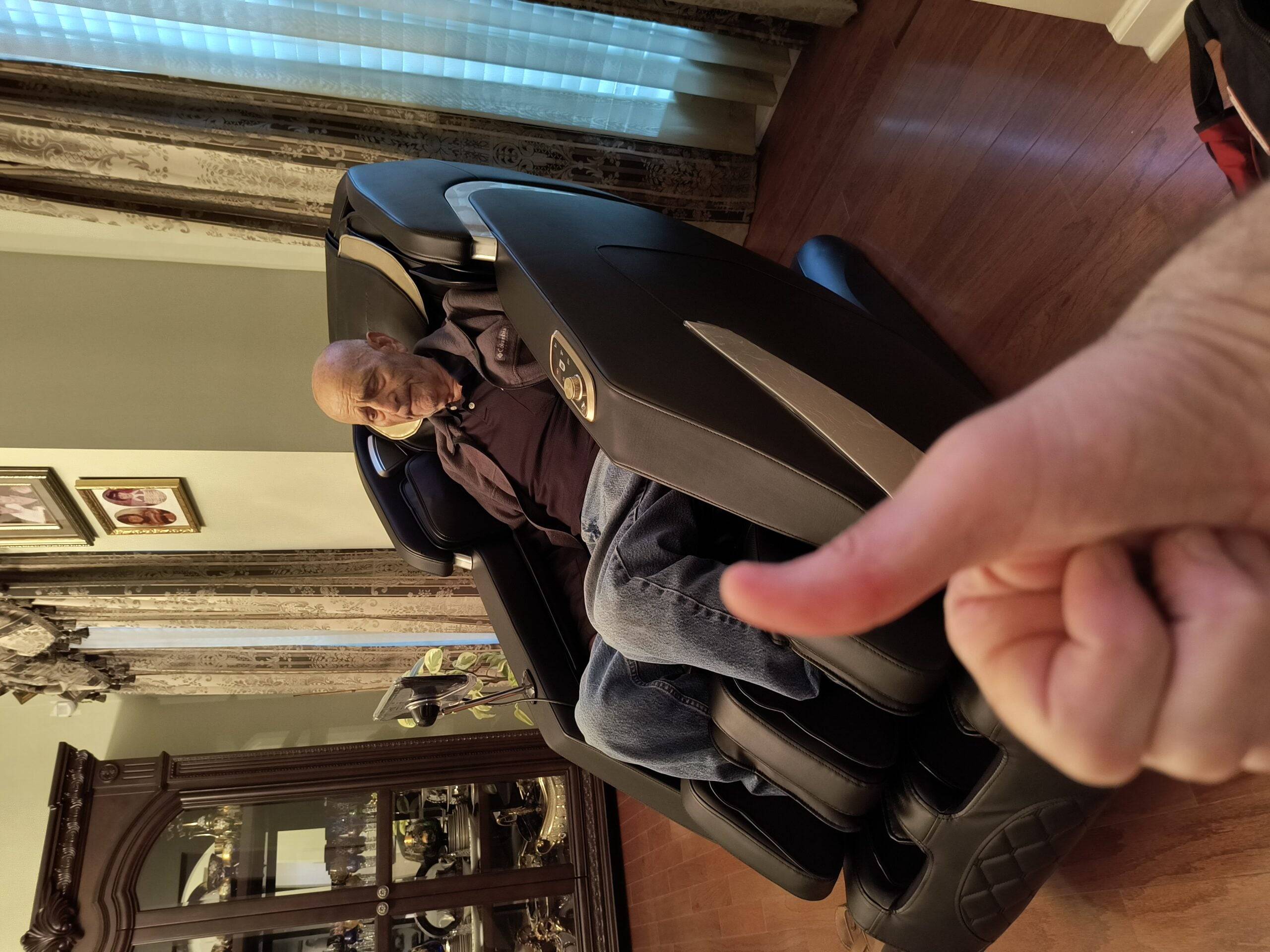Can children and elderly people use massage chairs safely?

Massage chairs are designed to offer relaxation, stress relief, and therapeutic benefits to users. However, when it comes to children and elderly people, there are special considerations to ensure their safety and well-being while using these devices. Understanding these factors can help determine whether massage chairs are suitable for these age groups.
Safety Considerations for Children
Children, particularly younger ones, have developing bodies that are more sensitive to intense pressure and vibrations. Here are key points to consider:
- Age Restrictions: Most manufacturers recommend that children under a certain age, often 12 or 14, should not use massage chairs. Their smaller frames may not align correctly with the chair’s mechanisms, leading to ineffective or potentially harmful massages.
- Supervision: If older children or teenagers use a massage chair, they should do so under adult supervision. Parents should ensure that the child understands how to use the chair correctly and safely.
- Intensity and Duration: Children’s bodies are more sensitive, so it’s crucial to use lower intensity settings and limit the duration of massage sessions. Start with short sessions and gradually increase the time if no discomfort is experienced.
- Consultation: Before allowing a child to use a massage chair, it’s advisable to consult with a pediatrician. This is especially important if the child has any underlying medical conditions or physical abnormalities.
Safety Considerations for Elderly People
Elderly individuals can benefit significantly from massage chairs, but their use also requires careful consideration due to age-related health issues. Key factors include:
- Health Conditions: Elderly people often have chronic conditions such as arthritis, osteoporosis, or cardiovascular issues. These conditions can make them more susceptible to injury from the intense pressure of massage chairs. Consulting a healthcare provider before use is essential.
- Customizable Settings: Choosing a massage chair with adjustable settings is crucial for the elderly. Features such as customizable intensity, heat therapy, and gentle massage modes can provide safe and comfortable experiences.
- Ease of Use: The user interface should be simple and easy to operate. Complicated controls can be confusing and may lead to improper use, increasing the risk of injury.
- Body Scanning Technology: Advanced massage chairs with body scanning technology can adapt to the user’s body shape and size, ensuring the rollers target the correct areas. This feature is particularly beneficial for elderly users with sensitive or fragile bodies.
- Shorter Sessions: Elderly individuals should start with shorter sessions to monitor how their bodies respond. Gradually increasing the session length can help prevent any adverse effects.
Conclusion
While a massage chair can offer therapeutic benefits to both children and elderly people, their use must be approached with caution. For children, strict age limits, supervision, and low-intensity settings are crucial. For the elderly, health conditions, customizable settings, and ease of use must be prioritized. Consulting healthcare providers for personalized advice can further ensure safety. By considering these factors, massage chairs can be used effectively and safely by both age groups, providing comfort and relief without compromising health.

